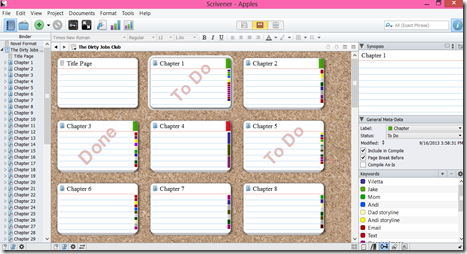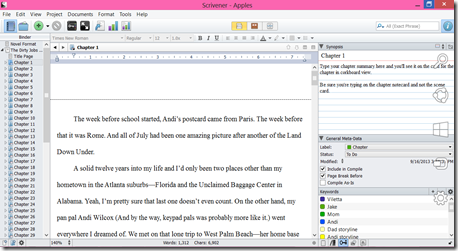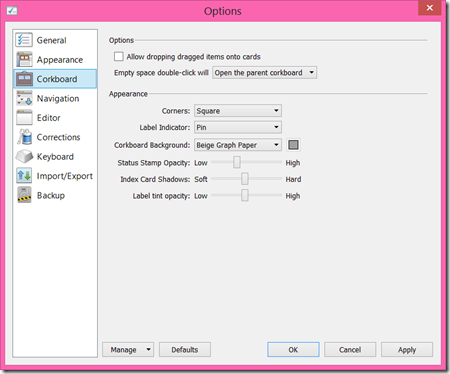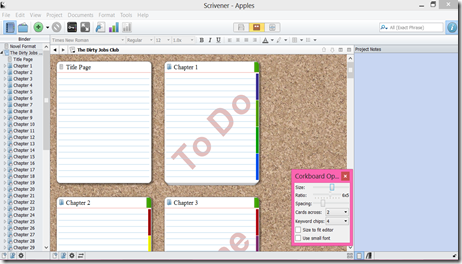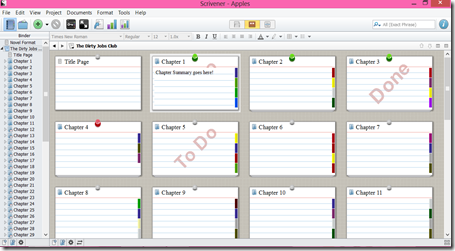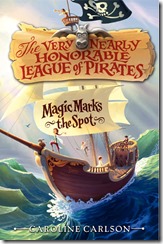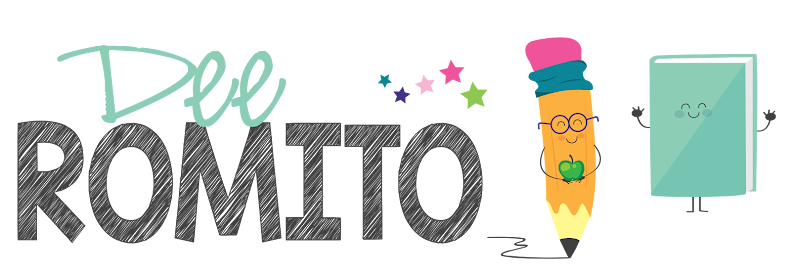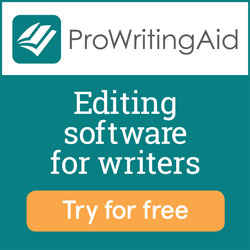Erica is a Young Adult author. THE TORN TRILOGY is now available from K Teen/Kensington Books and her novel DISSONANCE will be released from Simon & Schuster Books for Young Readers on August 5, 2014!
She is represented by Joanna Volpe at New Leaf Literary.

Connect with and learn more about Erica . . .
Website
Blog
Twitter
Facebook
Goodreads
See all of Erica’s books!
 Now for Erica’s insight on querying, signing with an agent, and going on submission!
Now for Erica’s insight on querying, signing with an agent, and going on submission!
QUERY
What advice would you give to querying writers?
Make sure your manuscript is complete, revised, and polished BEFORE you query. You could get a request very quickly, so you need to have your very best work ready to go.
What are some important things for querying writers to consider when researching agents?
Know what you want: a career agent or one who will work with you on a project-by-project basis? An editorial agent, or one who only sees your finished work? Do you want lots of personal attention and hand-holding, or a more hands-off relationship? Someone with lots of experience and big-name clients, or someone young and hungry? There’s no wrong answer, but you need to be honest with yourself – and with any agents you talk to.
What resources and websites did you use when querying?
I relied on Publishers Marketplace, QueryTracker, Twitter, and Google (to find interviews with the agents). Kristin Nelson’s Pub Rants blog was very helpful, both when I was querying and when I was deciding between offers of representation.
SIGN
Did you sign as a client of a career agent or on a book-by-book basis?
Career agent! During our phone calls, it was obvious we were on the same page about how best to build my career. Publishing is changing so quickly that it’s essential you be flexible, but still have a clear direction in mind – and I wanted an agent with a similar mindset.
How editorial is your agent? Is it what you expected?
My agent is very editorial, which I love. She helps me brainstorm and develop projects, writes editorial letters, and even helps me with worldbuilding. Once a project sells, she steps back and lets the editor take over, but I know she’s always available to read or bounce ideas back and forth. I knew she’d be editorial, based on our initial conversations, but I’m always blown away by how insightful and brilliant she is.
Do you have input on the pitch to editors or does your agent take care of that?
I stay out of the submission process as much as possible. My agent does an amazing job of keeping up with industry news and trends – far more so than I ever could – and she approaches submissions with a tremendous amount of care and thoughtfulness. I’m happy to defer to her expertise!
At what point do you share new story ideas with your agent?
I’m always running ideas by her! I’ll just randomly insert them in an email, and she’s always very encouraging. When it comes time to think about the next project, we sit down and figure out which one is the best fit based on my career, the market, and my enthusiasm level.
Do you send sample chapters to your agent or do you wait until the manuscript is finished?
These days, I tend to write on proposal, so I send a detailed synopsis and a few chapters. She helps me polish it to a high gleam. I’ll usually send her the full manuscript after I’ve completed a draft and revised it – she’s an editorial agent, but it’s not a good use of her time to give me notes on something if I already know the problem areas.
SUBMIT
Do you make suggestions or share a wish list when it comes to which editors/imprints to submit to?
While I don’t suggest which editor or imprint my agent subs to, we’ve had lots of conversations about what I like in an editor. I know she wouldn’t pitch my work to someone she didn’t think would be a good fit.
What is a typical first round like once a writer goes on submission?
Nervewracking.
Do you see the feedback from editors?
My agent forwards the feedback if it’s useful information, like an issue in the manuscript we might want to fix. Otherwise, she’ll just update me with a summary.
What is the next step if an editor shows interest?
Every publisher is different, but in my case, the next step was that the editor took it to an acquisitions meeting, and then they made an offer. We were fortunate that it all happened pretty quickly – I was okay with being on sub until I heard the word “acquisitions” and then I turned into a complete stressball. If it had dragged on for any significant length of time, I’d probably have torn my hair out.
What do you suggest a writer does while out on submission?
Work on a new project. Assuming that you plan to write more than one book in your career, you might as well get started on the next thing now, while you’ve got time. Also, it keeps you from eating an entire carton of Ben & Jerry’s while you refresh your email.
Thank you, Erica!
*See other Query. Sign. Submit. interviews.*
*Read inspiring stories of writers getting agents*
*Find out about agent-judged contests.*



